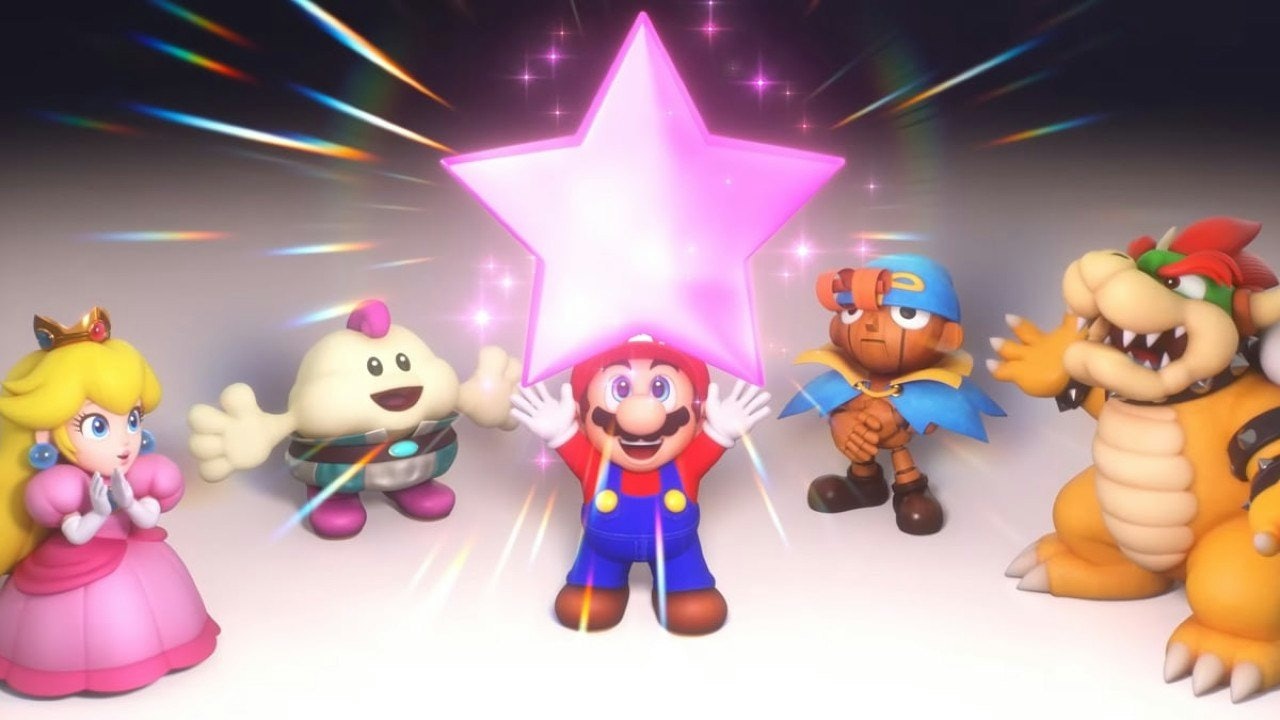
As I finally finished stomping on the sentient wedding cake, I couldn’t help but think that after nearly 27 years, there’s still nothing quite like Super Mario RPG, a fascinating fusion of Mario and Final Fantasy that would turn into a genre-defining experience.
Super Mario RPG set the stage for so many games that would come after it, including Paper Mario and Mario & Luigi: Superstar Saga. And while it’s undoubtedly one of the most important RPGs ever made, Nintendo’s newly released remake is more of a 1:1 remaster than a true remake. There’s nothing inherently wrong with this new version of Super Mario RPG, but some of the game’s design flaws and problems are more apparent. While the brilliance of the original still shines through, I continuously found myself wishing more was changed and reimagined.
What’s Old Is New
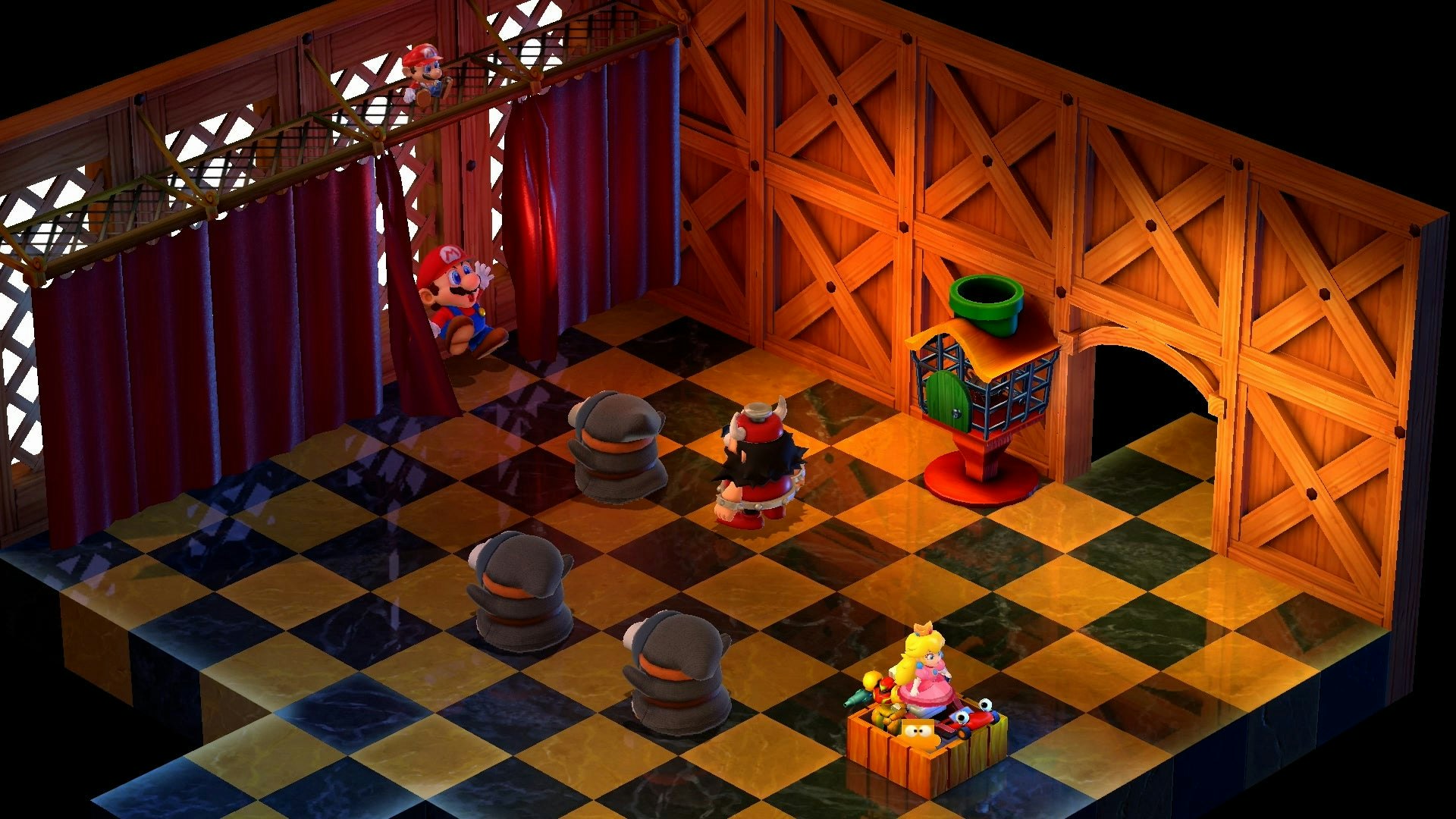
After decades of Mario games, the narrative of Super Mario RPGs feels a bit thin, but it’s a charming romp with a great deal of personality. Things open as usual with Bowser kidnapping Princess Peach, but there’s a twist when The Smithy Gang invades Mushroom Kingdom and takes over Bowser’s castle. Mario has to gather a team of allies, and the original marks his first team-up with Bowser.
Super Mario RPG isn’t a long game, clocking in at roughly 14 hours, but that runtime keeps the story and gameplay snappy and fresh. No moment feels unnecessary or superfluous, and that great pacing is one of Super Mario RPG’s real strengths. There aren’t any new story elements, outside of some very light post-game additions, but that isn’t inherently a problem. Super Mario RPG’s plot is intentionally light and breezy, but issues start to crop up with the visual upgrade and gameplay elements.
The original Super Mario RPG was a “2.5D” experience, meaning you had full 3D movement on an isometric plane, with 2D sprites moving on 3D backgrounds. That’s been changed for this full 3D remake, and even though that perspective is retained, the graphical updates feel like a mixed bag.
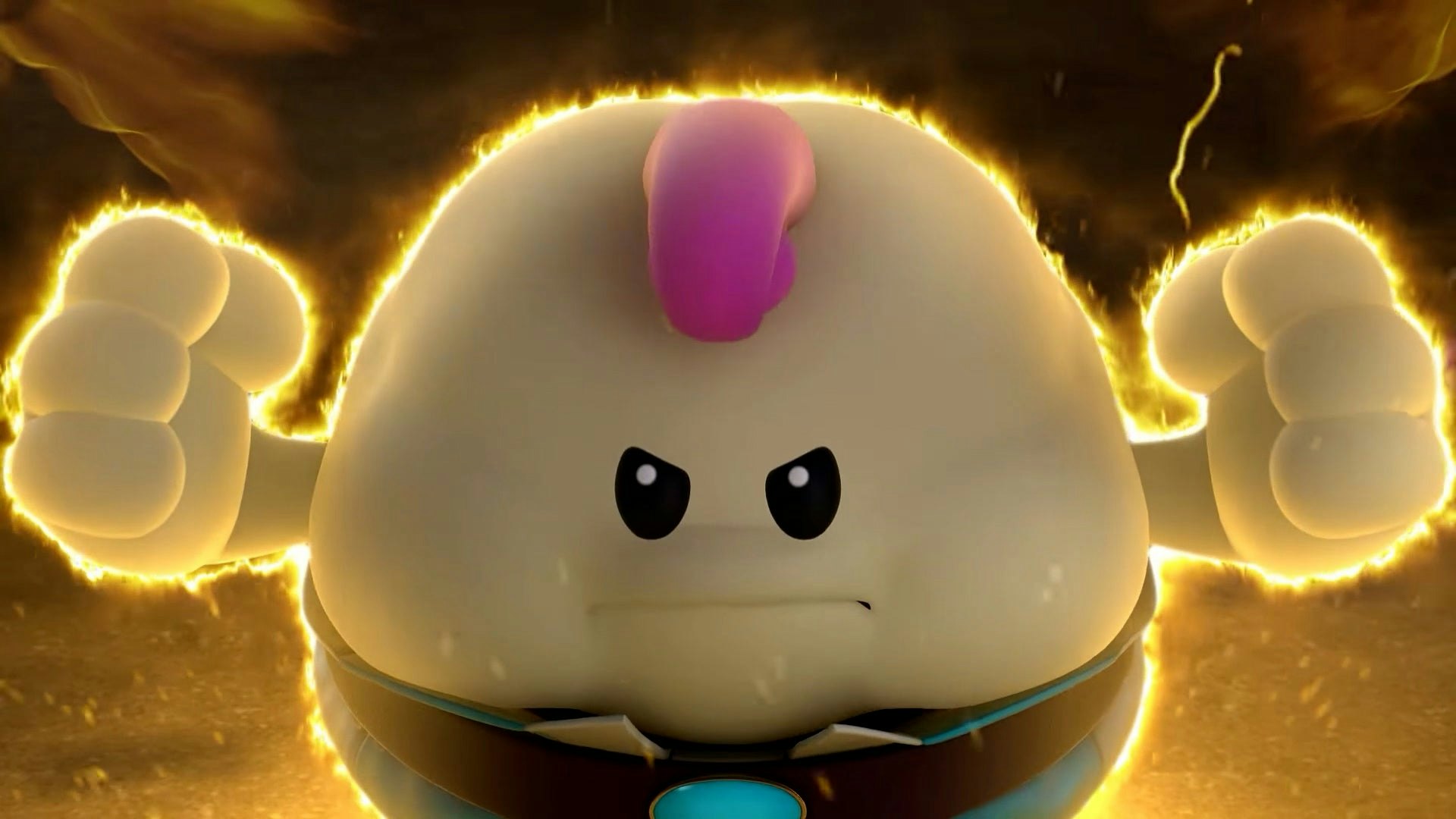
The new style is colorful and vibrant, yes, but it also lacks a bit of the personality that was so integral to the original. This is a “faithful” remake, so nothing has been drastically changed, but the limitations of the SNES were so important to the original’s visual identity. There was a kind of moodiness and ethereal quality to many of Super Mario RPG’s environments, and replacing those with more realistic graphics just doesn’t always work as well.
The same can be said for some of the smaller character moments, particularly the many points where Mario pantomimes other characters to explain events. Seeing Mario transform into various little sprites was quirky and charming, but the effect doesn’t work as well with the 3D visuals.
Conversely, the remake has some absolutely gorgeous new CG cutscenes interspersed throughout the game, all of which look fantastic and lean into the personality of the characters. Here, the visual changes feel like welcome efforts of modernization.
Though the graphics overhaul only found mixed success, the same luckily cannot be said for Super Mario RPG’s soundtrack, which is brilliantly remade by the original composer Yoko Shimomura. It is one of the best soundtracks in video game history as the whimsical, lilting music adds so much personality to each area, battle, or story moment. It truly helps elevate this remake in every sense.
Excellent Timing!
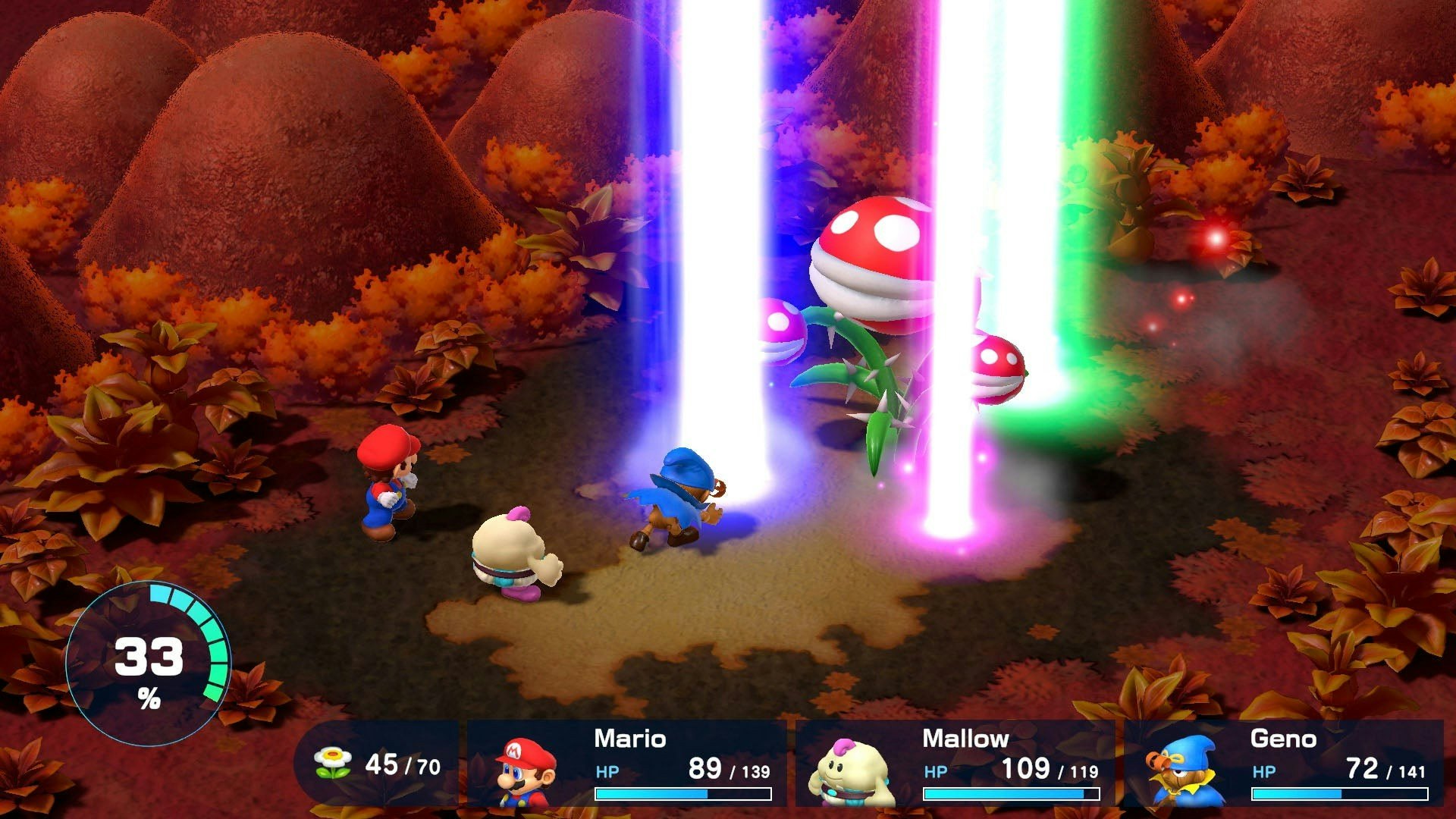
In terms of gameplay, Super Mario RPG is almost exactly the same as its 27-year-old counterpart. You explore the world in 3D, and when you run into an enemy, it launches you into a turn-based battle in which three party members take part. The big gimmick of Super Mario RPG is its timing-based attacks, requiring you to press a button the moment an attack lands to boost either your attack damage or defense. Every move in the game is timing-based in some way, whether you need to hold down the button and release it at the right moment, or rotate the left stick to build up a gauge within the limit.
It’s a system that makes combat more interactive than simply choosing attacks, and it’s still effective in making you an active participant. There are some minor tweaks to make the system easier. Character animation cues are easier to read, and if you time an attack just right you’ll, now cause splash damage to all enemies as opposed to just the one you targeted.
But the only other real change are the additions of an Easy mode and an “Action Gauge.” The gauge builds up as you successfully time attacks, eventually unleashing a massive triple move that has a huge effect like hitting all enemies or healing your whole party.
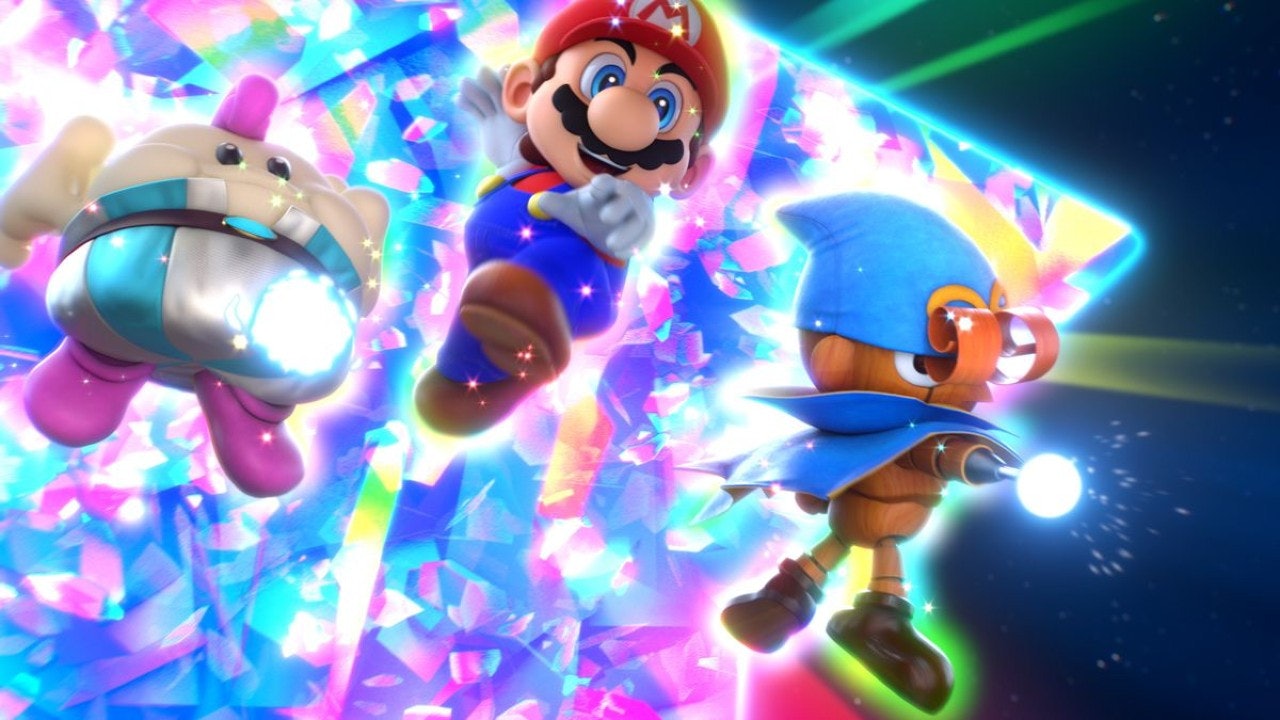
Super Mario RPG is intentionally an incredibly easy game as it is, serving as a more accessible RPG option amid the Mario lineup. However, the triple move makes combat overly simplistic, and layering Easy mode on top of that makes everything an absolute snap. It’s kind of baffling there’s no Hard mode, even for a New Game Plus run. Super Mario RPG is certainly more about the “experience” of the journey rather than the challenge, and that was typical of the time. But after 27 years of games finding new ways to integrate difficulty options and fine-tune challenges, it’s incredibly apparent how easy the whole thing really is. Post-game play offers fights that are somewhat more difficult, but again, it just feels like it isn’t enough.
There’s light platforming and a handful of minigames layered across Super Mario RPG, which help it feel more quintessentially Mario. The minigames are, by and large, an absolute blast that break up the flow by providing distractions that add variety without overstaying their welcome. Each uses one of the game’s core mechanics and rewards your progression with coins or items. I can’t say the same thing for the platforming, however, which has only become more frustrating with the game’s age.
Part of the problem is that the controls haven’t been updated, which means you have less command over the trajectory of jumps than you do in other Mario platformers. Additionally, the change to full 3D can sometimes make it harder to judge exactly where a platform is or where Mario will end up. Overall, the game’s platforming is simple enough that it doesn’t matter, which is another testament to the lack of difficulty. But a few of the late-game sections could get frustrating with the lack of fine control over Mario’s movement.
A Lasting Legacy
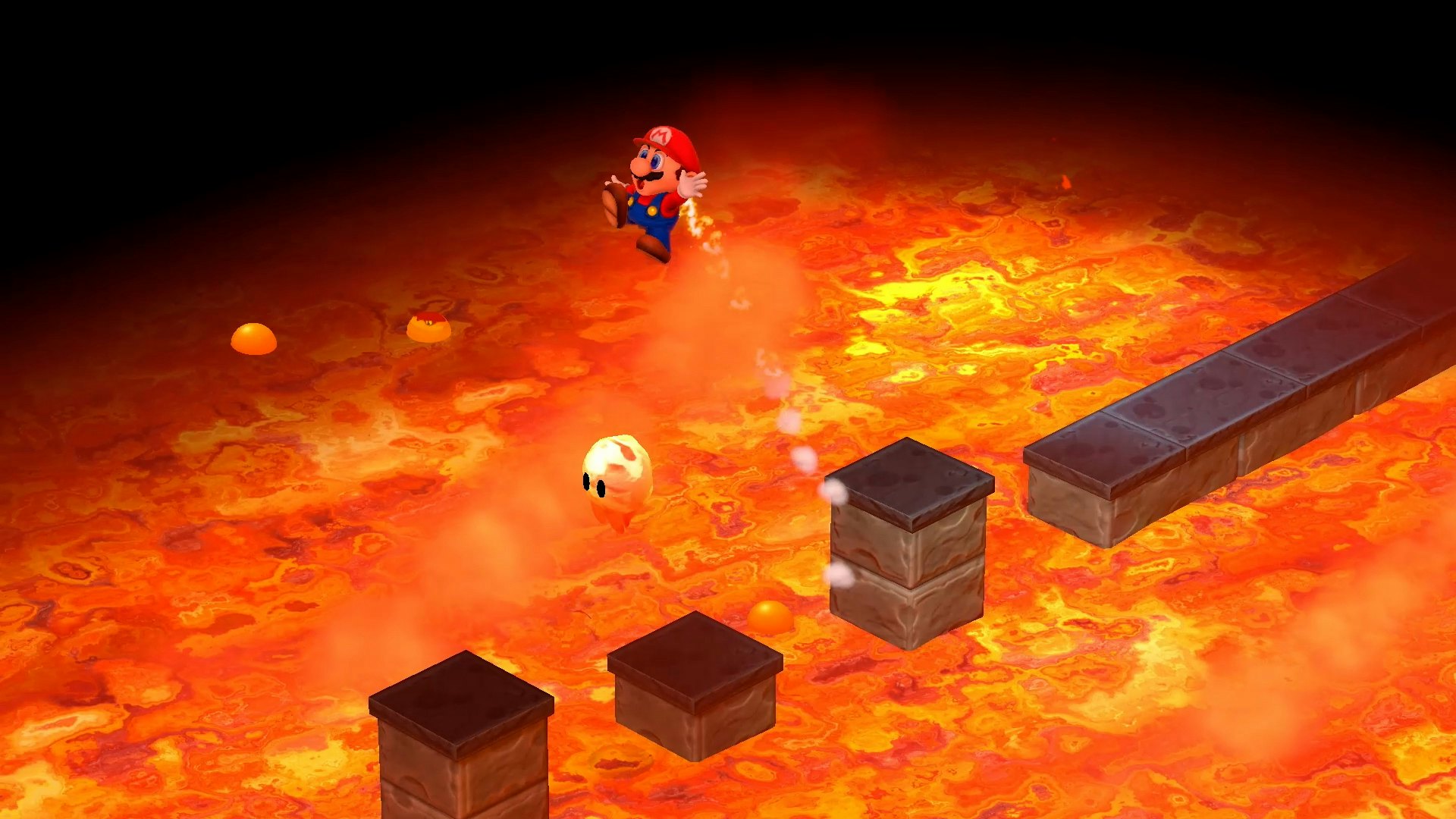
Super Mario RPG was a visionary experience when it released in 1996, a fantastic game that seamlessly blended genres. The heart of what makes Super Mario RPG so special is still intact in Nintendo’s remake.
But even beloved classics can show signs of age. It feels like a missed opportunity to not apply more meaningful changes to Super Mario RPG beyond mere visuals. This version could have included new combat mechanics, new story sections or details, or even new minigames. Super Mario RPG is a classic, but there’s undoubtedly room for improvement, and streamlining or altering parts of the original would have been justifiable. As a remake Super Mario RPG is fine, but there’s a sense that this could have been better. At the very least, the fact that a new generation will get to experience a defining RPG like it was new, is good enough.
7/10
Super Mario RPG launches on November 17 for Nintendo Switch.
INVERSE VIDEO GAME REVIEW ETHOS: Every Inverse video game review answers two questions: Is this game worth your time? Are you getting what you pay for? We have no tolerance for endless fetch quests, clunky mechanics, or bugs that dilute the experience. We care deeply about a game’s design, world-building, character arcs, and storytelling come together. Inverse will never punch down, but we aren’t afraid to punch up. We love magic and science-fiction in equal measure, and as much as we love experiencing rich stories and worlds through games, we won’t ignore the real-world context in which those games are made.







